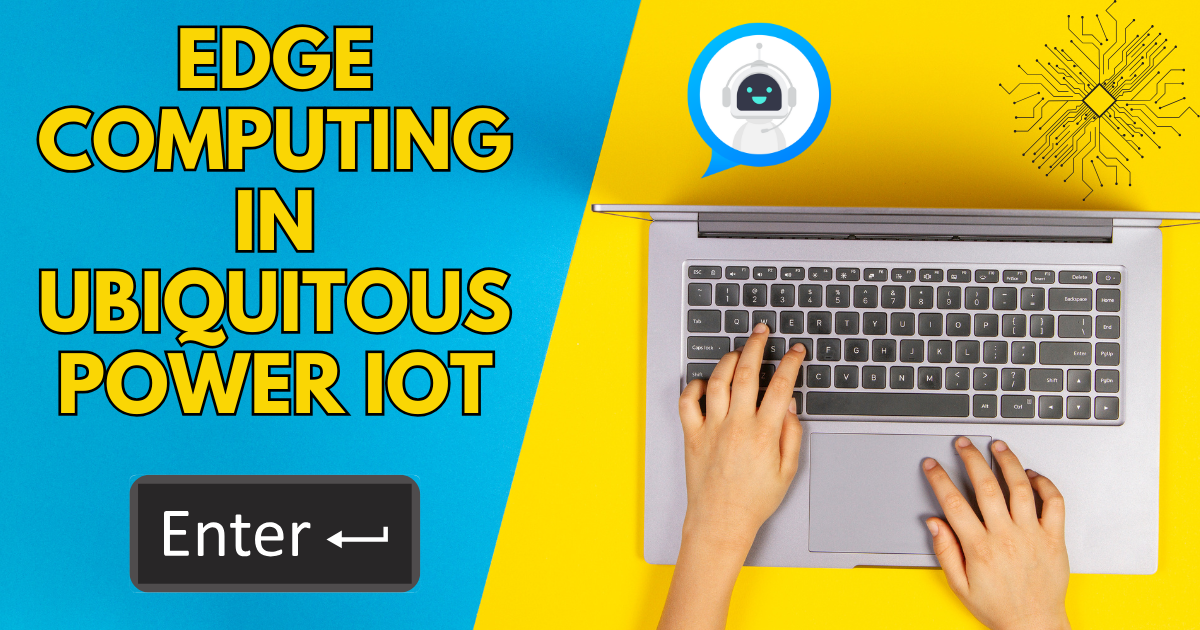Edge Computing in Ubiquitous Power IoT: Applications, Architecture, and Challenges. The Ubiquitous Power Internet of Things (UPIoT) is a concrete manifestation of the Internet of Things (IoT) in the power industry, which is a deep integration of the interconnected power network and communication network. The introduction of edge computing in UPIot fully meets the requirements of rapid response, real-time perception, and to some extent, privacy protection. To learn about edge computing in ubiquitous power IoT in detail, read the complete article.
Edge Computing in Ubiquitous Power IoT
Edge computing is a divided information technology (IT) architecture in which client data is handled at the edge of the network, as close to the originating source as possible. Data is the lifeblood of modern business, offering important business insight and allowing real-time control over critical business procedures and operations. In simple terms, edge computing moves some portion of the storage and compute resources out of the central data center and closer to the source of the data itself. Instead of transmitting raw data to a central data center for processing and analysis, that work is instead performed where the data is actually generated—whether that’s a retail store, a factory floor, a sprawling utility or across a smart city.

The Ubiquitous Power Internet of Things (UPIoT) is a concrete manifestation of the Internet of Things (IoT) in the power industry, which is a deep integration of the interconnected power network and communication network realizing full perception of the system status and full business penetration in all links of power production, transmission, and consumption. The combination of the energy revolution with the digital revolution has led to the development of the fourth industrial revolution. With the application of these new technologies, such as IoT, edge computing, 5G communication, and artificial intelligence (AI) in the power system, the power system is being promoted to become intelligent, digital, and networked.
Applications
The four applications of edge computing in ubiquitous power IoT are:
- Power Monitoring System: The power monitoring system is comprised of the control center at all levels, such as substations and power line surveillance. It smartly analyzes data and realizes complete visualization display and intelligent linkage alarm; at the same time, it effectively assists power equipment information, overhaul, and operation.
- Smart Energy Systems: The smart energy system is an integrated management system, which comprises a distributed generator, energy storage devices, flexible loads, and energy conversion devices. The architecture is made up of three layers: device layer, edge layer, and cloud layer.
- Advanced Metering Infrastructure: Advanced metering infrastructure (AMI) comprises smart meters, data concentrators, data centers, and communication networks. AMI is interconnected with the communication network to achieve two-way communication of power data.
Architecture
- Edge Computing for Ubiquitous Power Internet of Things: Various new challenges have been introduced, such as low latency requirements, network bandwidth constraints, restricted equipment resources, uninterrupted connection and interaction with the cloud center, and privacy protection and data security. To solve these challenges and implement the construction of UPIoT, three key technologies in IoT are vital components of its entire architecture: sensor technology, communication technology, and edge computing technology.
- Architecture of Edge Computing in the Ubiquitous Power Internet of Things: Thousands of power terminal devices and sensing nodes access the smart grid in a variety of ways and can sense or control the power grid. These nodes are usually organized or self-organized into various clusters to form edge networks.
Challenges
- Market Challenge: It is quite hard to quantify the effects of the installation of massive amounts of edge devices and power operators on power production, business capacity improvement, and cost reduction, and the corresponding business model is still in the exploration stage. The development of the edge computing that is applied in the UPIoT will be faced with market and economic challenges, such as the possibility of investing hundreds of billions of dollars and how to develop operational and business models.
- Policy Challenge: It is important to guarantee that data can be reliably and quickly transmitted from the remote end to the platform. There are corresponding policy risks for edge computing to be applied to UPIoT, which require in-depth thinking by countries worldwide.
- Technical Challenge: There are several distinctive technical challenges in UPIoT edge computing environments, including the management and processing of huge heterogeneous power terminal devices accessing the edge side, data offloading and load balancing, edge intelligence, edge network security, data security, and privacy protection.
